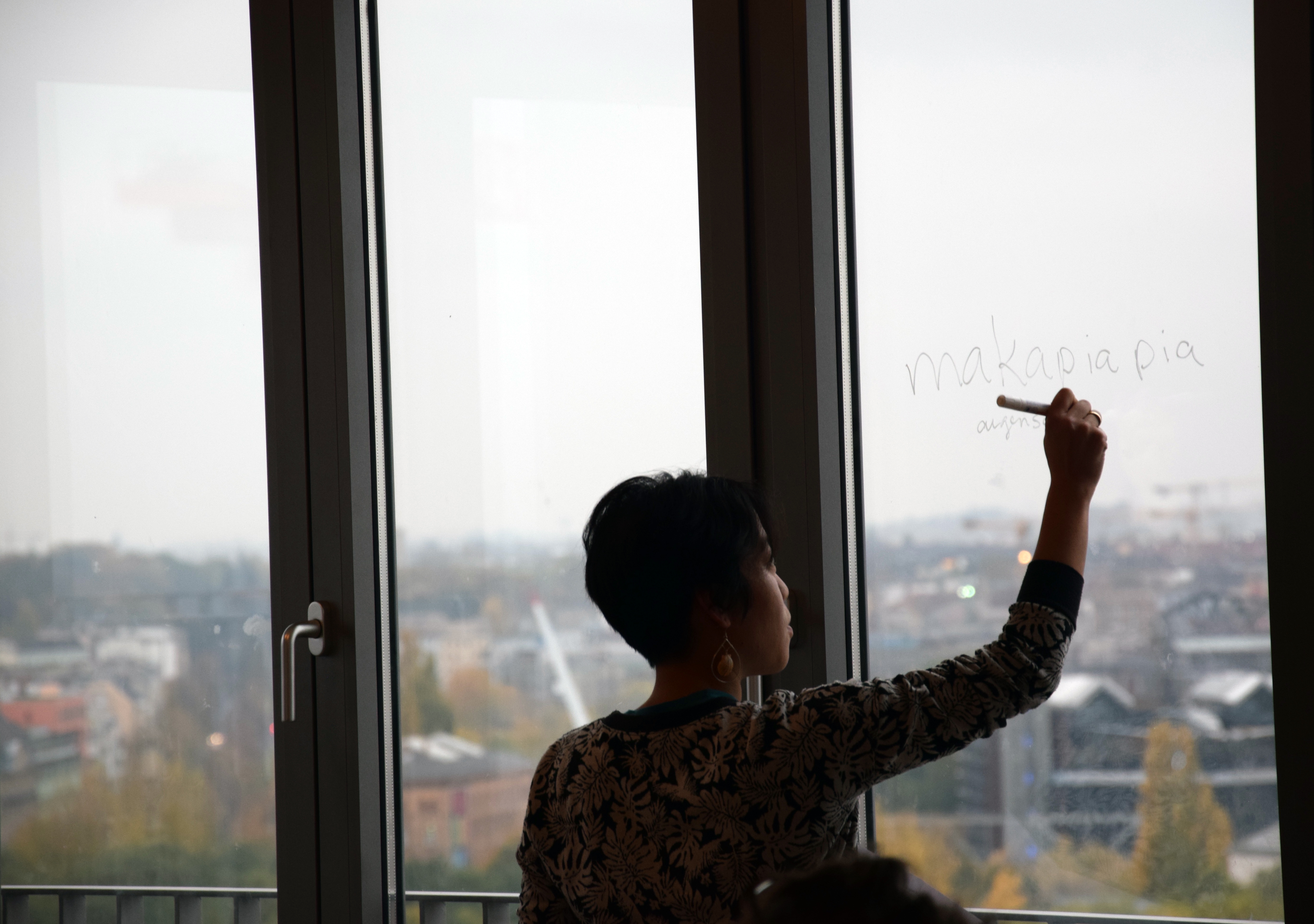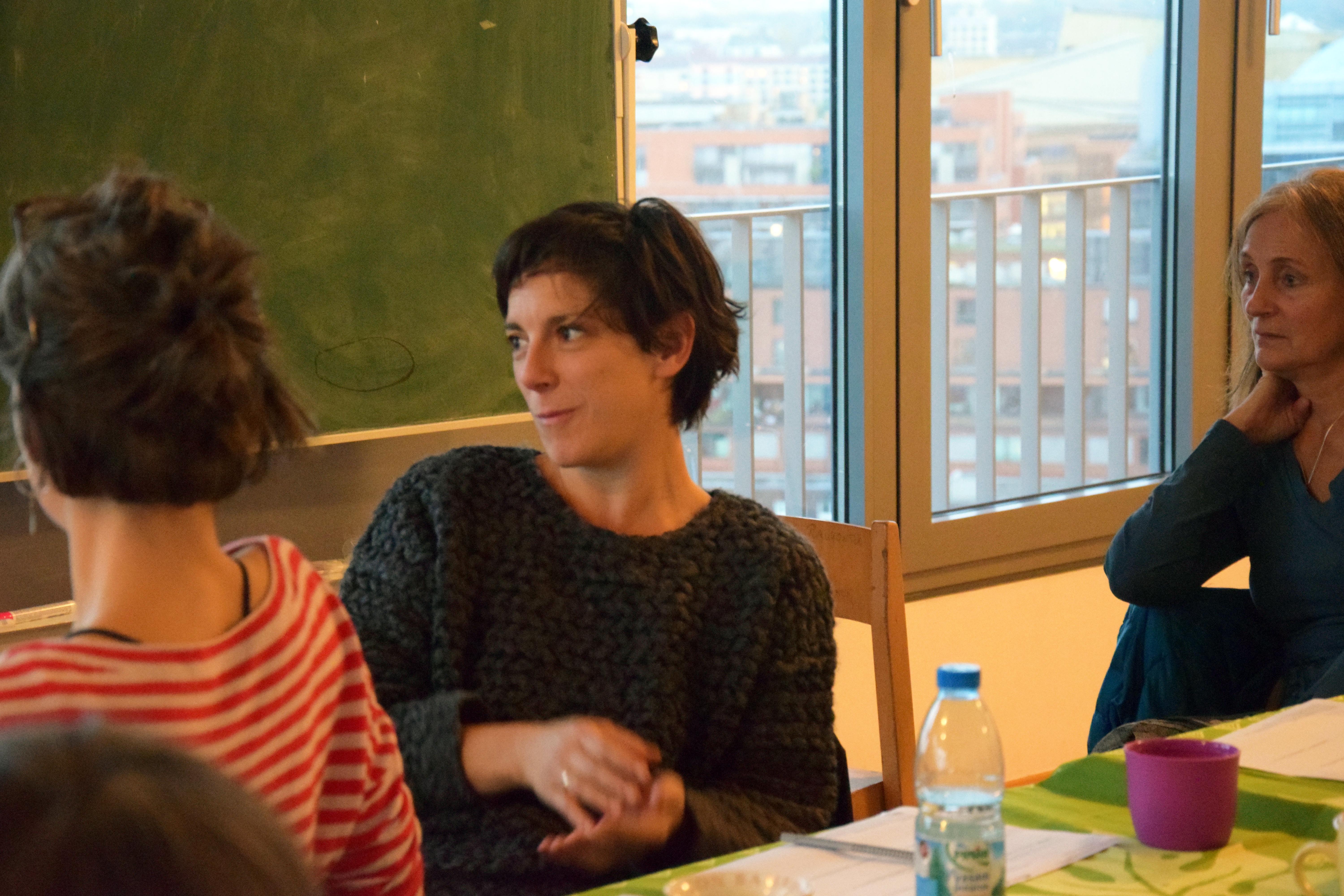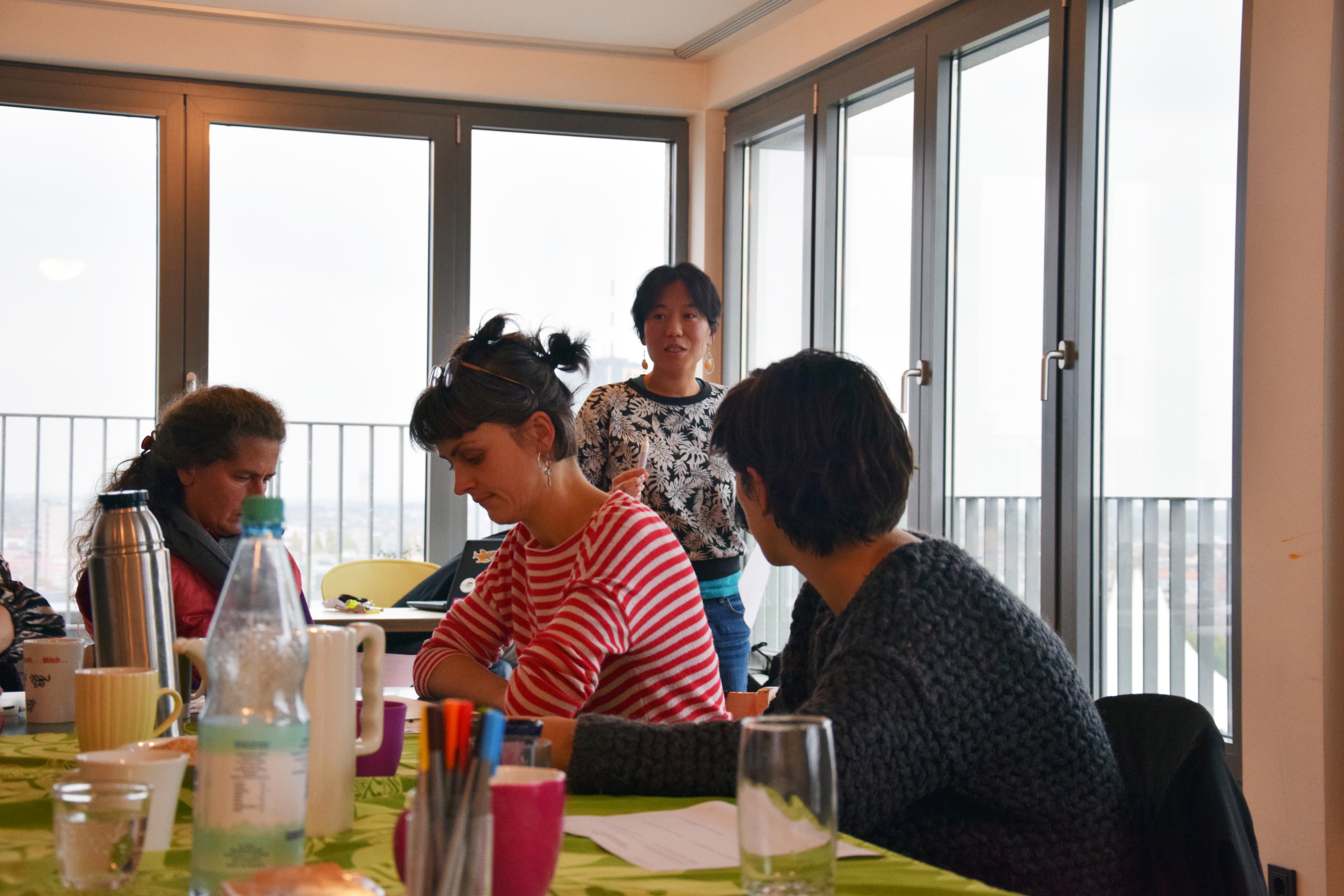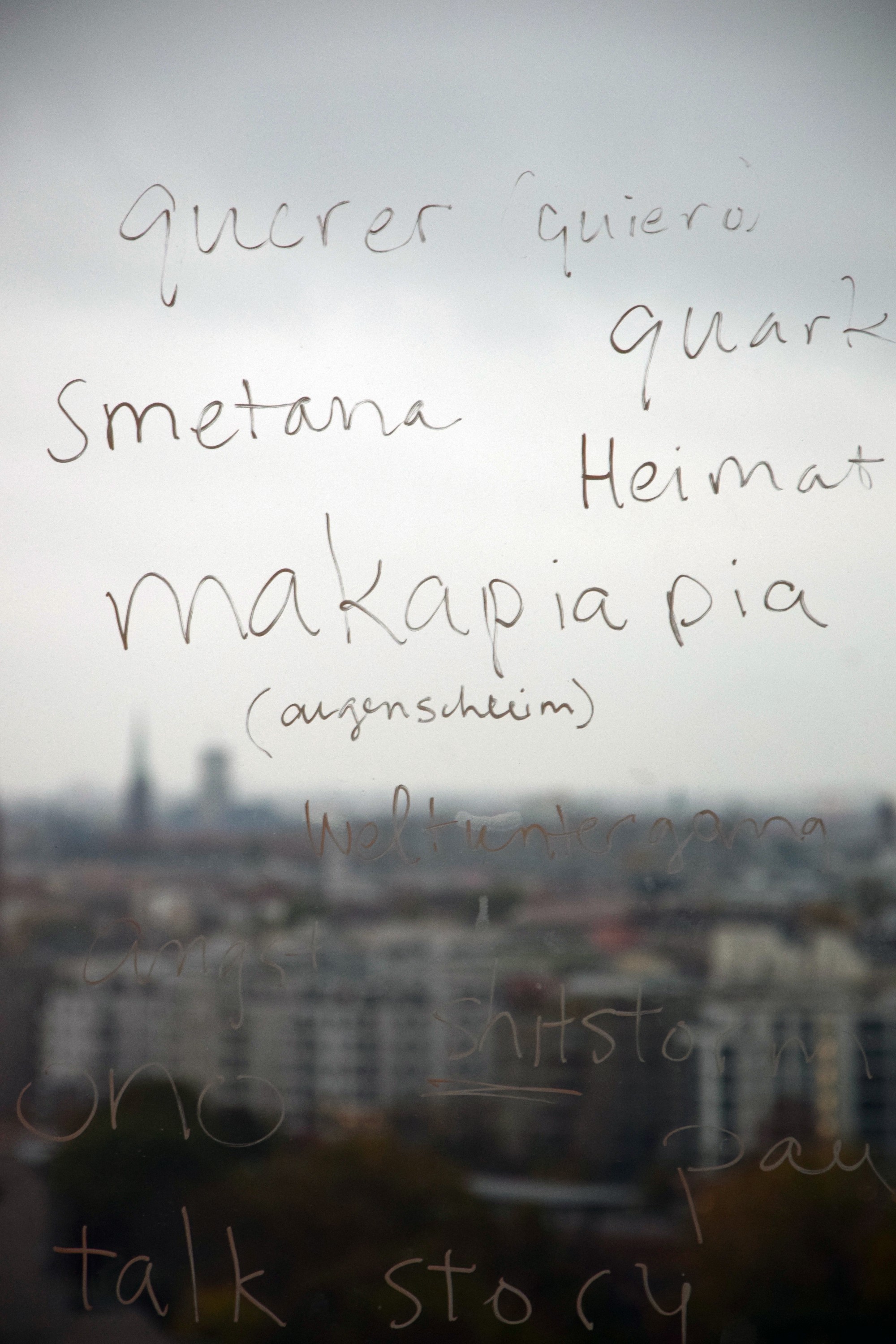
TONGUE is a participative art project about new language spaces, initiated by Nadin Reschke (Berlin) and Oda Projesi (Istanbul) in 2009 in Berlin and which has continued developing on different levels since then. The participants call into question „language according to the dictionary“ and go searching for unrecognized tongue spaces. The project brings different people in a community together in a self-organized course program. Anyone can be a teacher and teach their everyday language; anyone can be a student and learn the everyday languages of their neighbors. By ‚everyday language,‘ we mean the individual, transitional forms of language which develop in everday life, in particularly the coining of new words. The goal of the course program is to move past the cliché of the Tower of Babel — a place where all languages exist at the same time, but separately from one another — and to go a step further by asking, „Can you create a new language that is based on the everyday language of individuals instead of the language of a whole group?“

In our new workshop, Leslie Kuo, who immigrated to Berlin in 2006, will share her experience with learning German and other languages. She just returned from living in Hawaii for two years, where she experienced a very different way of dealing with language integration. There, no single ethnic group is in the majority, but there is a majority that shares the self-idenity of „local,“ which includes all the ethnic groups who came to Hawaii to work on the plantations. There, a common language known as Pidgin developed, with English as a basis and strong influences from Hawaiian, Japanese, Chinese, Korean, Portuguese, Filipino languages and other languages. Hawaii Pidgin English is now often learned as a native language. Although it is often dismissed as mere „slang“ (as „Kiezdeutsch“ is in Germany), it is seen by linguists as a language and its cultural value is increasingly recognized. Through the decades, it has continued to be an expression of shared experience, a sign of belonging. Following Leslie’s story, we will discuss what a common language in Berlin could look like, using pratical exercises and the languages of all the participants.

The Akademie der ZUsammenKUNFT at the House of Statistics, is a platform for exchanging artistic practices and other forms of knowledge. The academy is part of the activities of the House of Statistics, located in a vast tower block complex at Alexanderplatz in Berlin. The aim of the House of Statistics is to establish a Centre for Refugees Social Action Art – and communal Democracy. For this purpose, the Akademie der ZUsammenKUNFT tries out different formats of exchanging knowledge, skills and experiences. The goal is to find out what we can learn from each other, as well as what can be learned together, in order to realise a project like the House of Statistics.
